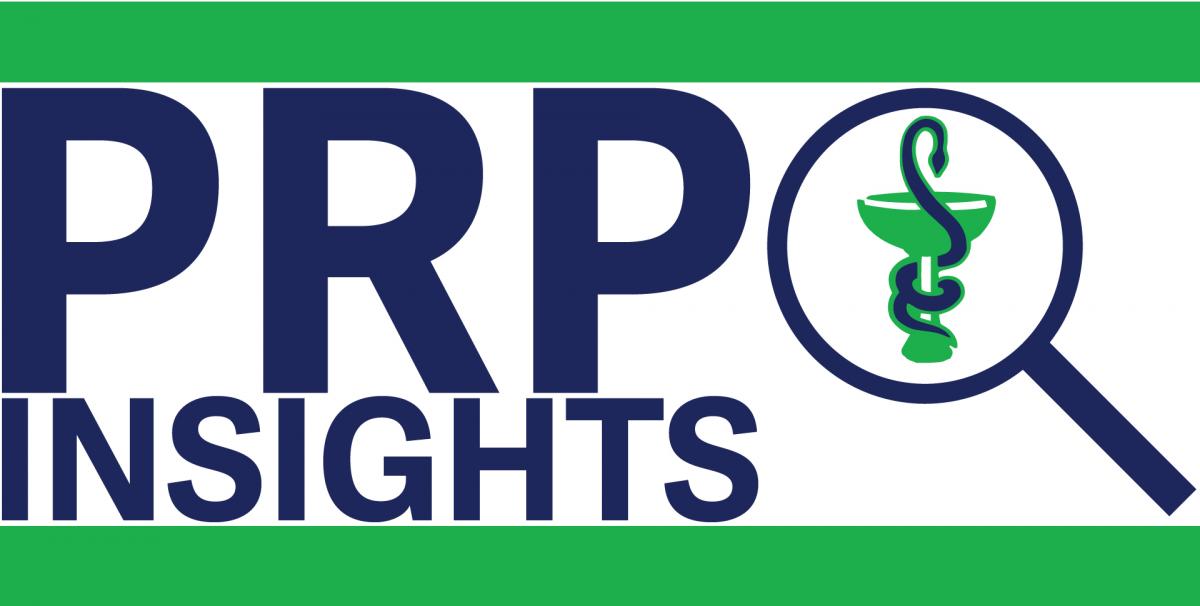PRP Insights: Vaccine Scheduling
Compliance Officers commonly receive questions about whether or not specific vaccines require a prescription. This installment of PRP Insights will provide information to clarify prescription requirements for vaccines. The Drug Schedules Regulation has the following entries:
1 Vaccinesv (except influenza, vaccines which are part of a routine immunization program, those requiring special enhanced public access due to disease outbreaks and cholera vaccine (oral, inactivated) when used for prophylaxis against traveler's diarrhea due to enterotoxigenic escherichia coli (ETEC))
2 Vaccines (influenza, vaccines which are part of a routine immunization program, those requiring special enhanced public access due to disease outbreaks and cholera vaccine (oral, inactivated) when used for prophylaxis against traveler's diarrhea due to enterotoxigenic escherichia coli (ETEC))
As per the above entries, a vaccine can be considered schedule II for the following:
- Influenza
- Vaccines which are part of a routine immunization program
- Vaccines requiring enhanced public access due to disease outbreaks
- Cholera vaccine (oral, inactivated) when used for prophylaxis against traveler’s diarrhea due to ETEC
If the vaccine does not meet any of the above criteria, then it would be considered schedule I and would require a prescription prior to dispensing to the patient.
Confusion may arise from the interpretation of “routine immunization program” and what vaccines would be considered to fall in this category.
WHAT IS A “ROUTINE IMMUNIZATION PROGRAM”
Vaccines that are part of a routine immunization program include any immunizations that are recommended for the prevention of disease by any provincial, national or international organization. Examples of organizations include, but are not limited to, the BC Centre for Disease Control and National Advisory Committee on Immunization. It is important to note that “routine immunization programs” do not exclusively refer to vaccines included in publicly funded programs.
The determination of whether a vaccine is part of a routine immunization program is patient-specific and must be assessed on a case-by-case basis by the pharmacist. In their assessment, the pharmacist must determine if there are recommendations from a reputable organization that support the use of the vaccine in the specific patient. If the pharmacist is able to find suitable recommendations, they may provide the vaccine as a schedule II product. This assessment to determine scheduling may also be applied to travel vaccines and other non-publicly funded immunizations. The College does not have a pre-determined list of schedule I and II vaccines since scheduling is dependent on patient-specific factors.
|
Example: A 48-year-old patient presents to the pharmacy to request a vaccine. The pharmacist determines that BCCDC and NCAI currently recommend that the vaccine be offered to individuals 50 years age and older for the prevention of disease. As the patient does not fit into the criteria for recommended use, the pharmacist concludes that they cannot provide this vaccine as schedule II and refers the patient to their primary care provider for further assessment and a prescription, if appropriate. |
To learn more about the Practice Review Program, including how to prepare for your review, visit:
bcpharmacists.org/prp
 Share
Share



